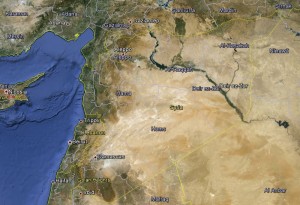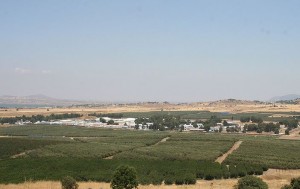While many pundits continually debate a timeframe for Assad’s downfall, the regime is on the offensive, pushing back their estimations. In recent weeks, Assad’s forces have succeeded in securing several tactical victories, mainly in Damascus, Idlib Province, and around Homs, all the while preventing additional rebel gains around Deraa. Overall, those tactical developments are likely to further secure the capital’s northern and southern flanks and supply lines to other government-controlled cities while furthering the process of isolating and eliminating opposition strongholds around Damascus. The rebels, therefore, will not be taking Syria’s capital anytime soon.

Syrian military and loyalist gains in Damascus are likely to continue in the near term, as tenuous advances in Homs and Idlib provinces and the continued holding of strategic areas in southern Syria will inhibit rebel efforts to bring more fighters and supplies to the four Damascus fronts. While not given the publicity it deserves, much of Assad’s recent successes in the Homs region could be credited to Hezbollah’s increased intervention from Lebanon. This intervention has furthered tensions in Lebanon, but burgeoned Assad’s strength between Damascus, the Alawite stronghold of Latakia, and Homs. It now appears that both Hezbollah and Syrian government troops are set to enter the main rebel-held town in the area, al-Qusayr. Rebel fighters inside Damascus, meanwhile, are increasingly finding themselves isolated and outgunned. They are left mostly defending positions determined following the stalling of their last capital offensive that began in November 2012.
The latest regime offensives in Damascus were a likely answer to rebel gains near Jordan and Israel, and thus meant to preempt another rebel attempt to ride their momentum for a push into the heart of Damascus. By taking the initiative, regime troops and loyalist militias have become increasingly able to isolate opposition bastions in the capital’s outskirts. Layered defenses in the capital, barrages of indirect fire, long supply lines, and local opposition to rebel gains are also likely contributing to the opposition’s general inability to move beyond their initial strongholds.
Continue reading Intelligence Analysis: Assad regime gains push back prospects for rebel victory
